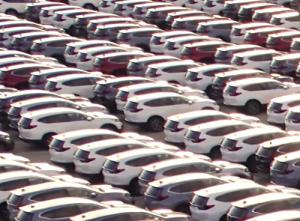Oliver Wyma
Curtis Underwood is a partner in Oliver Wyman’s Energy and Natural Resources practice, with a focus on utilities. Daniel Ludwin is a principal in Oliver Wyman’s Energy and Resources practice. Harsha Mishra is an engagement manager in Oliver Wyman’s Energy and Resources practice.
An expanding list of ecommerce sellers, big-box stores, high-volume delivery services and a host of other businesses have been making pledges to convert their North American truck fleets to electric vehicles (EVs) over the next several years. While this sounds like welcome environmental news, the fact is the North American market doesn't have nearly enough charging infrastructure — current or planned — to accommodate an explosion in the number of commercial electric vehicles.

Yet, the electrification of the commercial fleet is coming. Will utilities be ready?
We estimate approximately two million commercial EVs — a mix of everything from buses to overnight delivery trucks, to Class 8 tractor trailers — can be expected to be on the road by 2030. That would represent compound annual growth of seventy percent over the current ten thousand in operation today — yet it's still only about five percent penetration of the total commercial vehicle mix.
How Much Will It Cost?
To make this kind of conversion for commercial vehicles possible, the U.S. would need an investment in the necessary charging infrastructure of more than twenty-eight billion dollars over the next five to ten years, by our calculation. This would just be on the direct-current, fast charging equipment alone; significant additional investment will be required for upgrading and installing substations, transformers, and other critical components of our electric grid.
